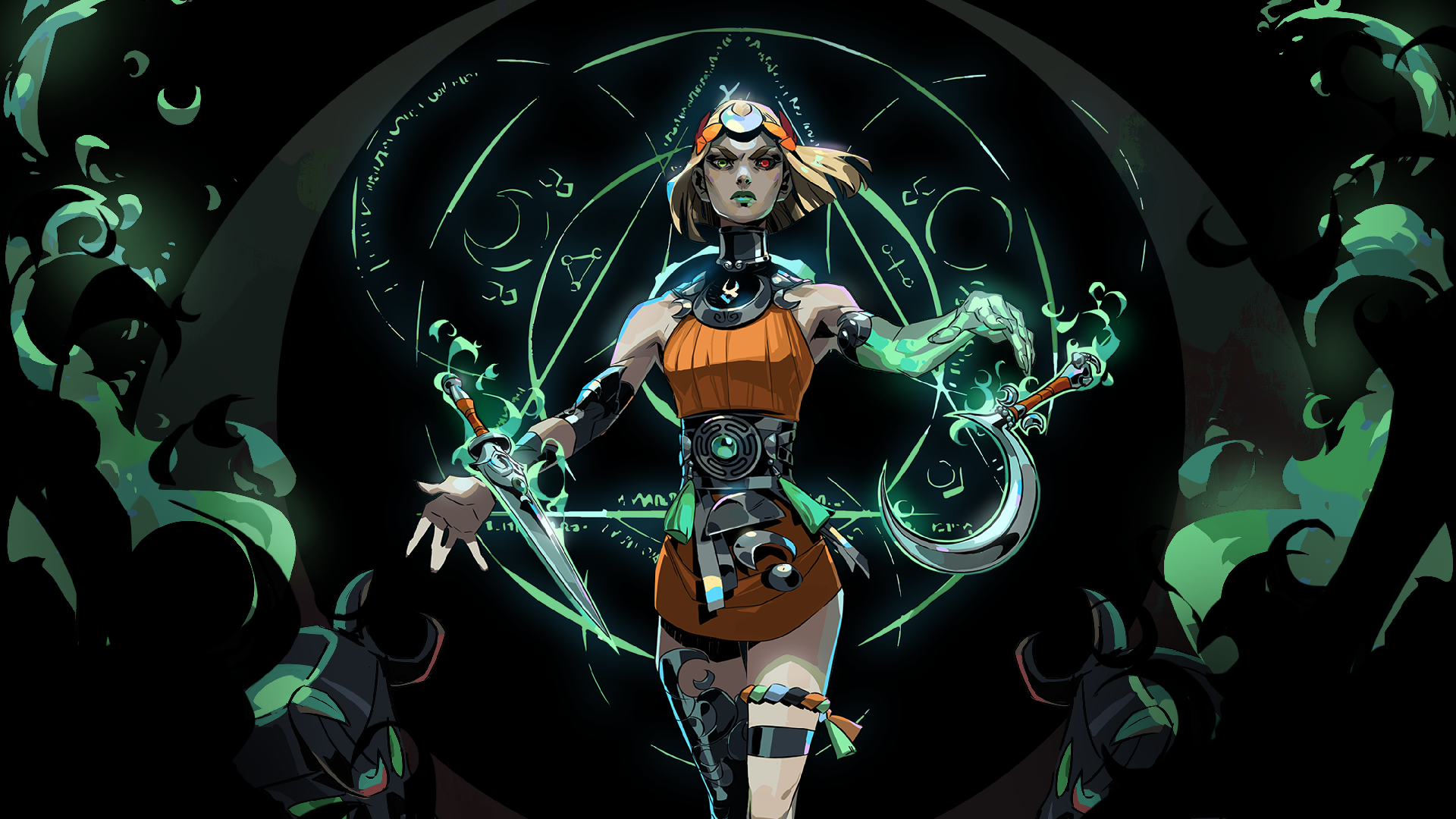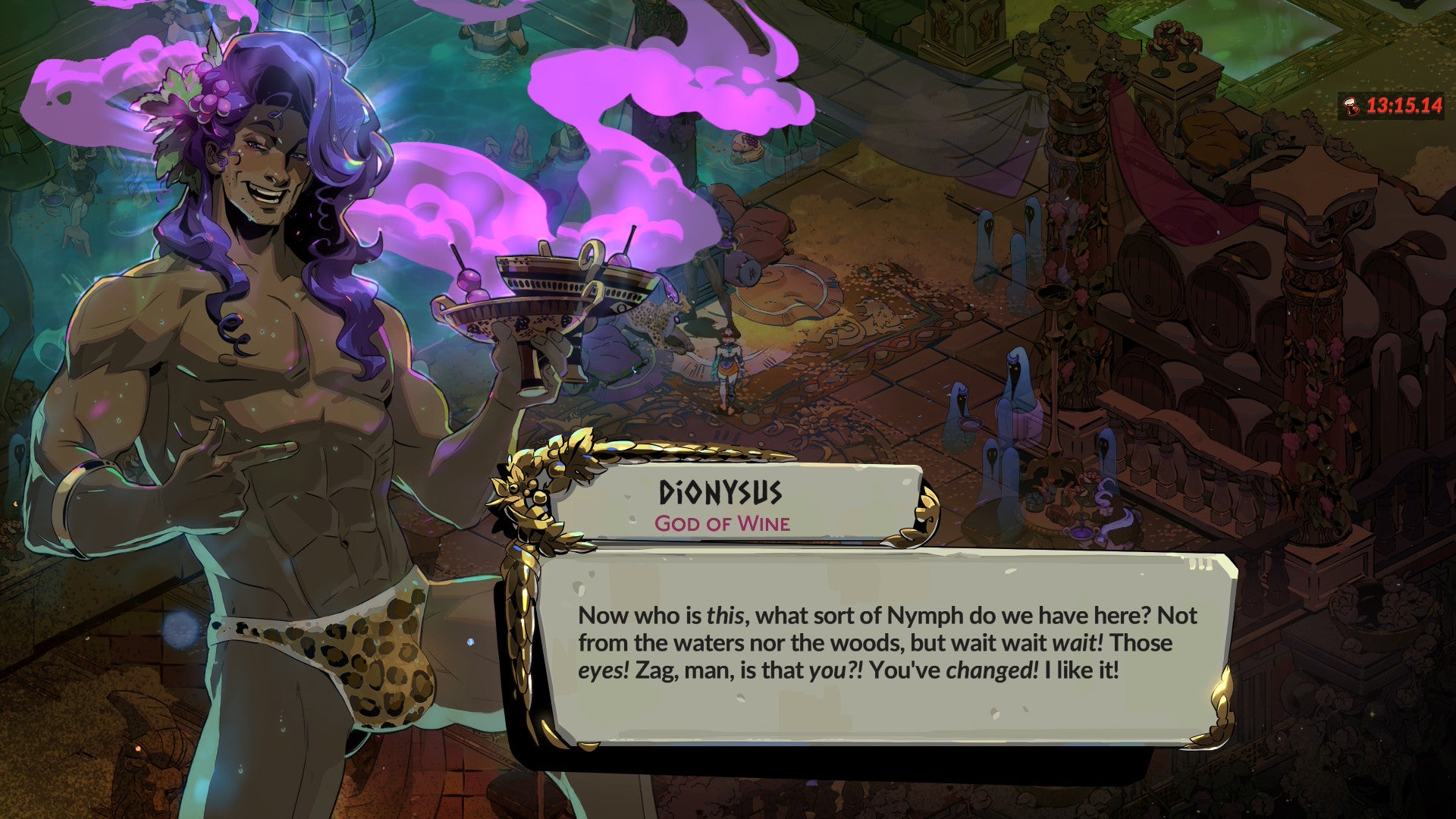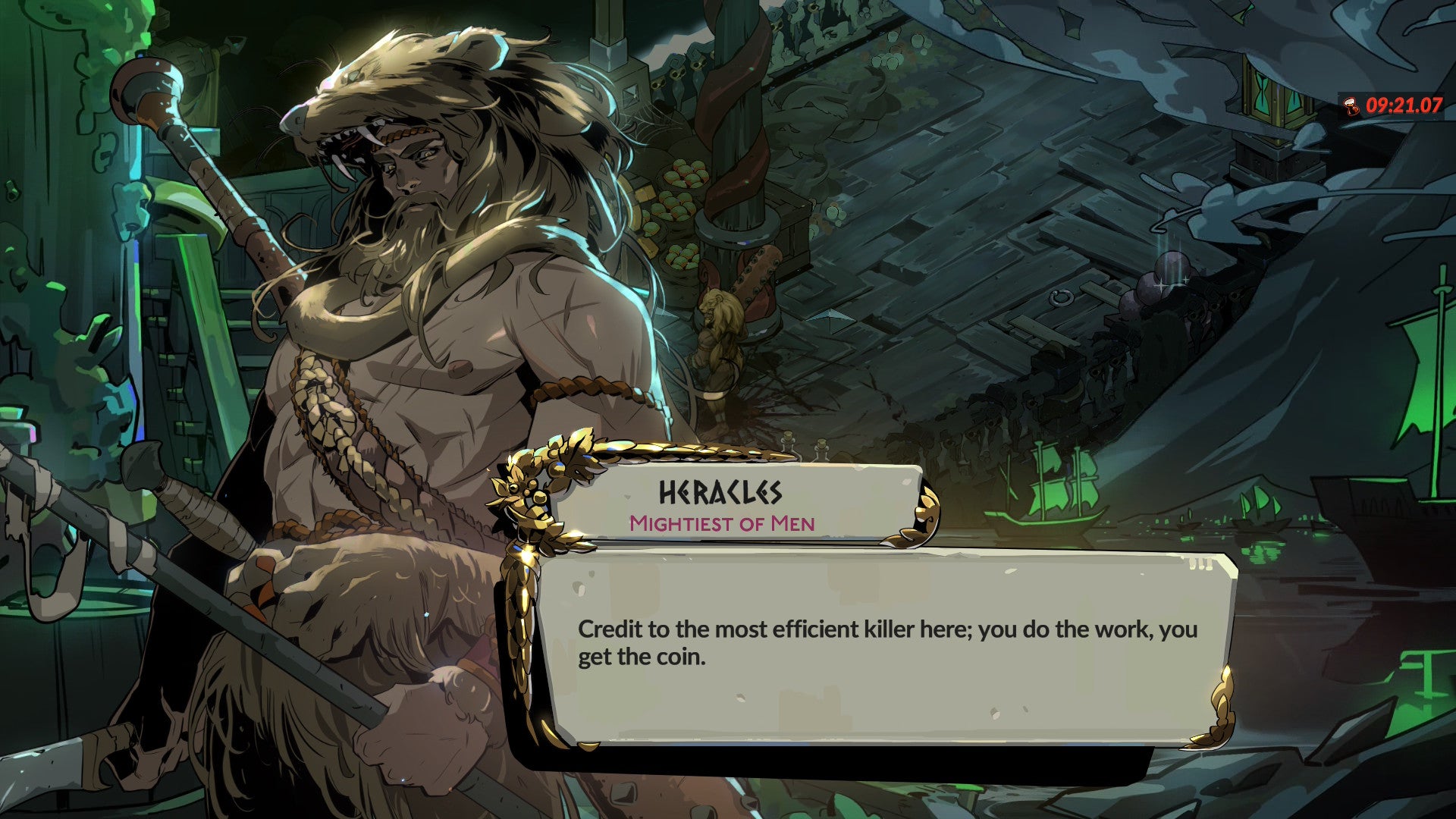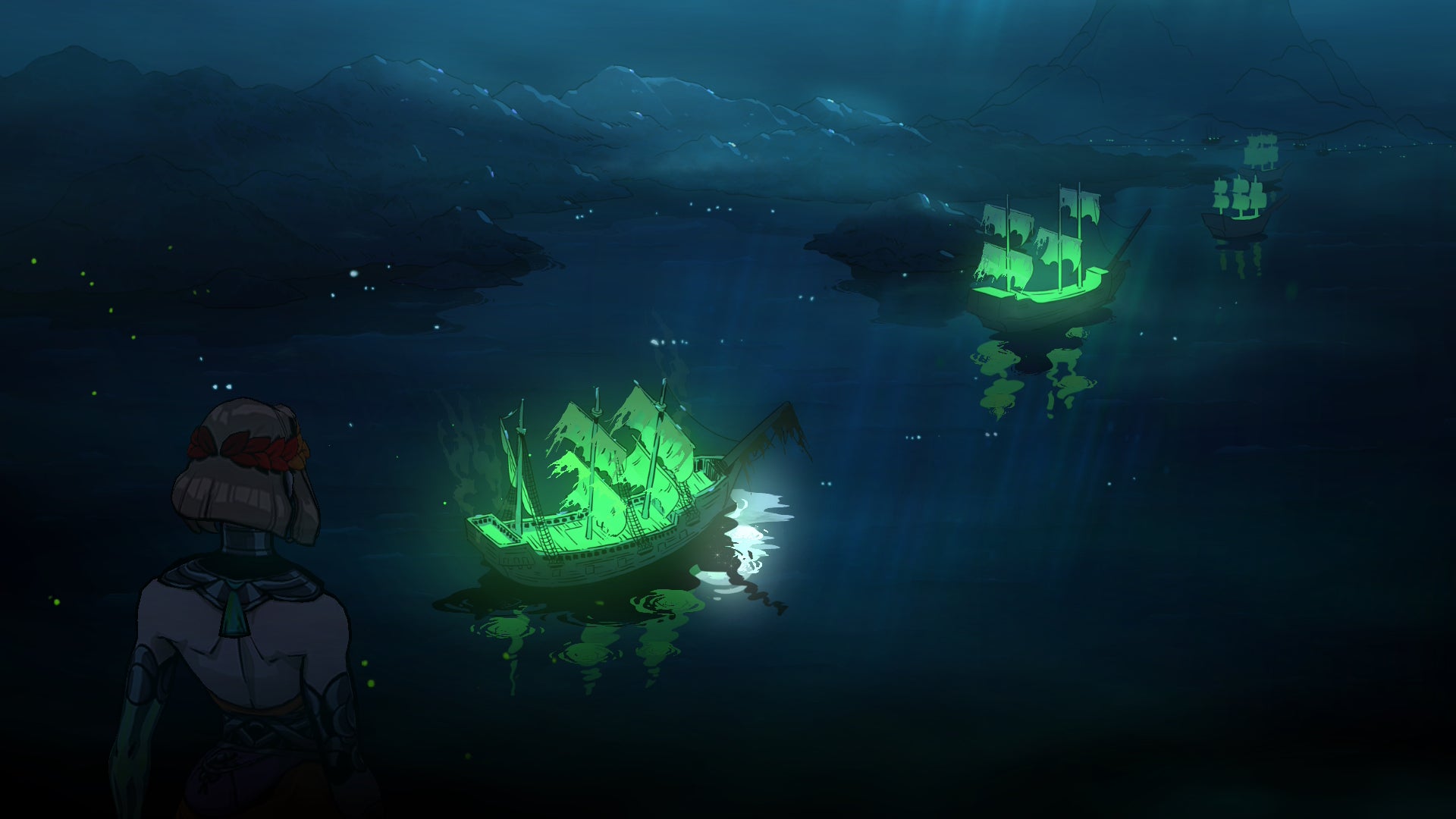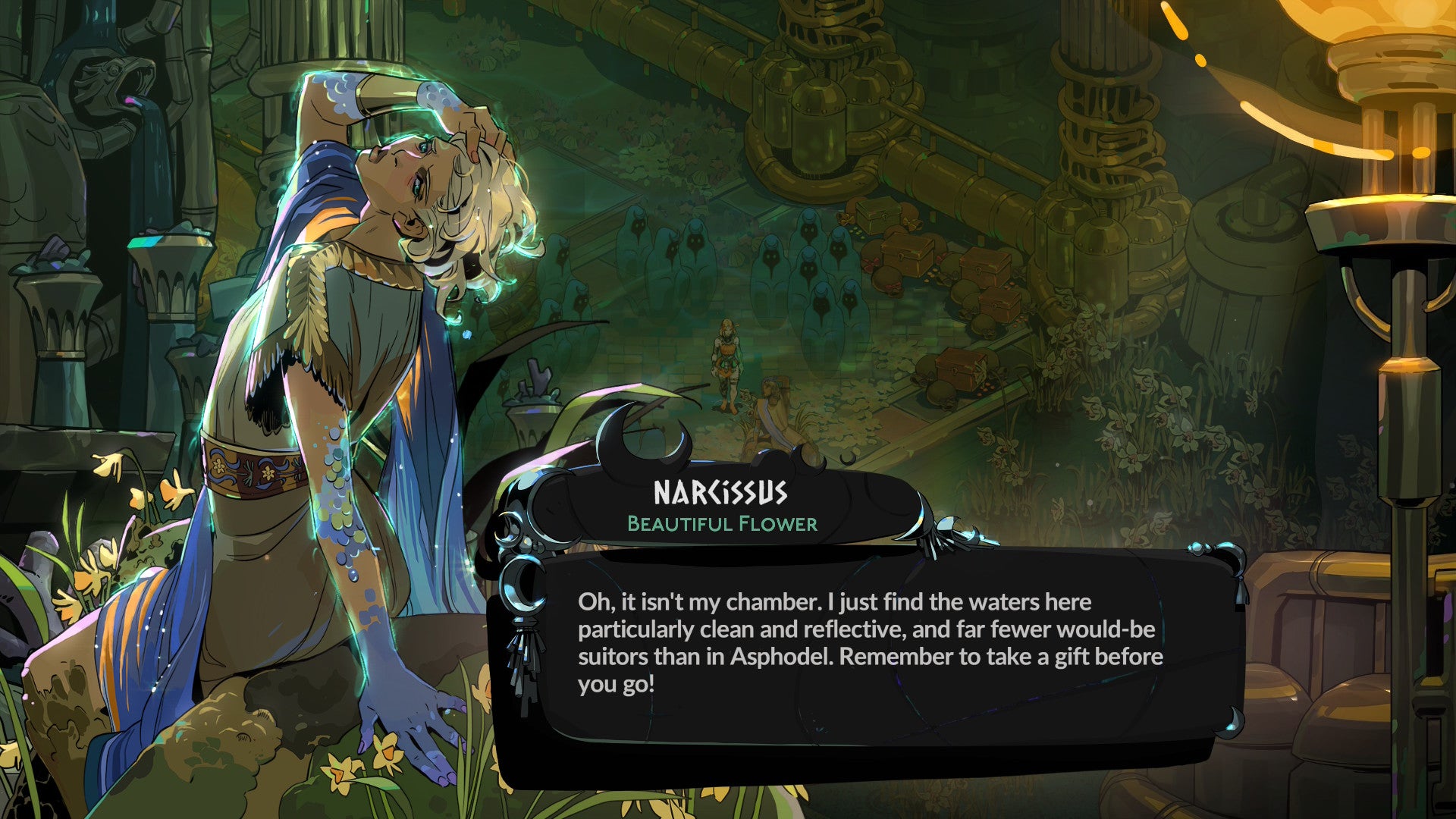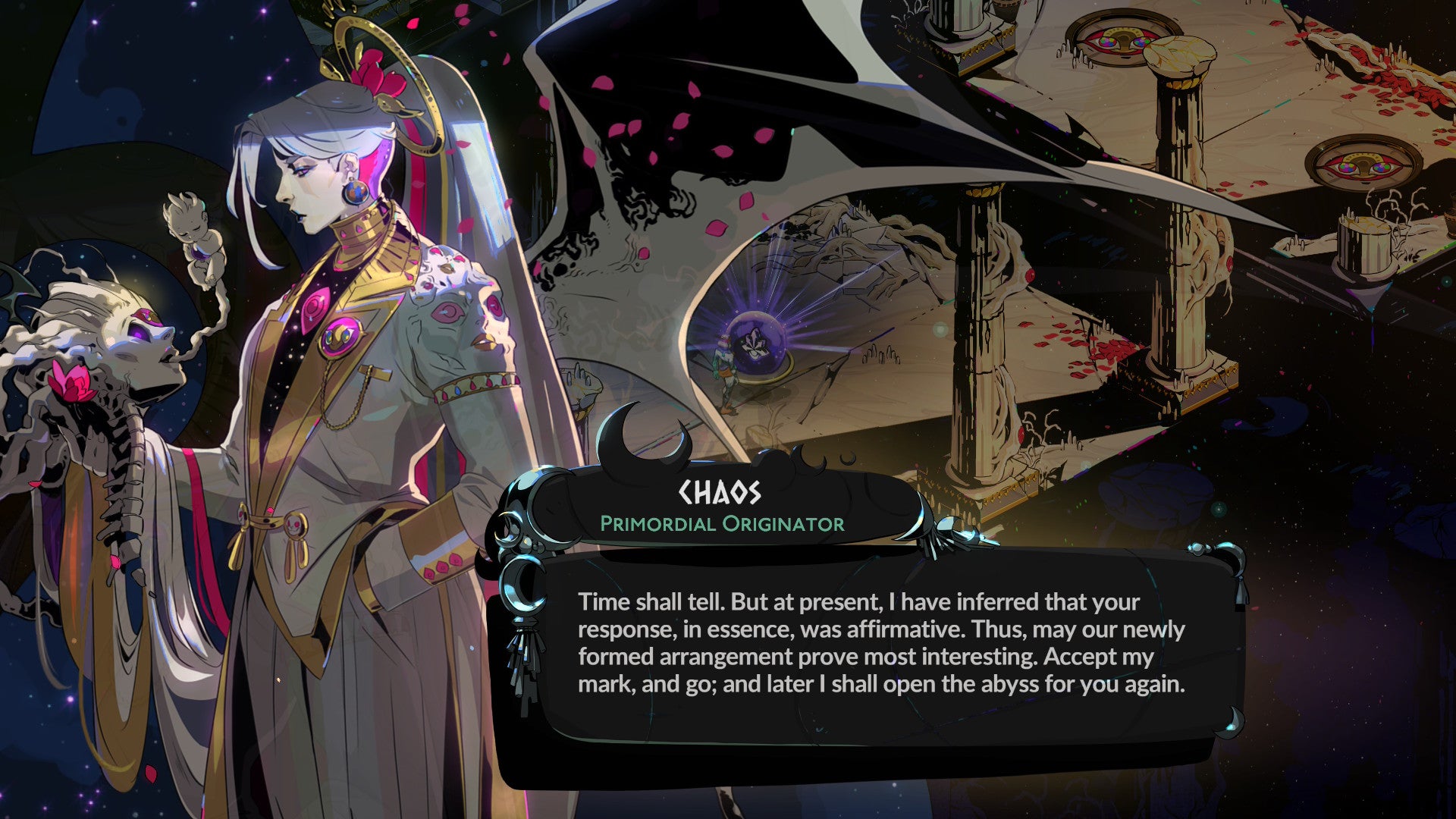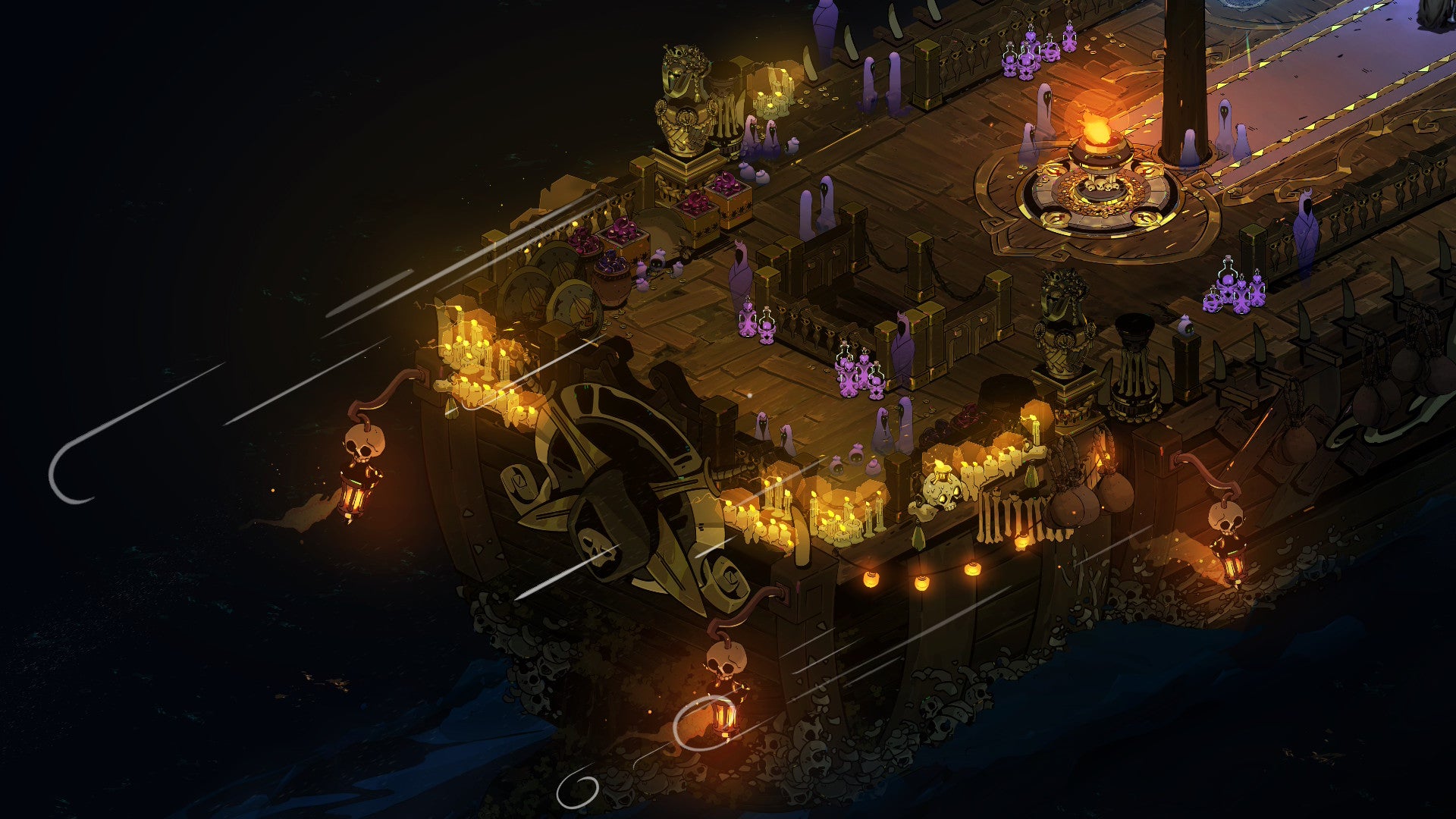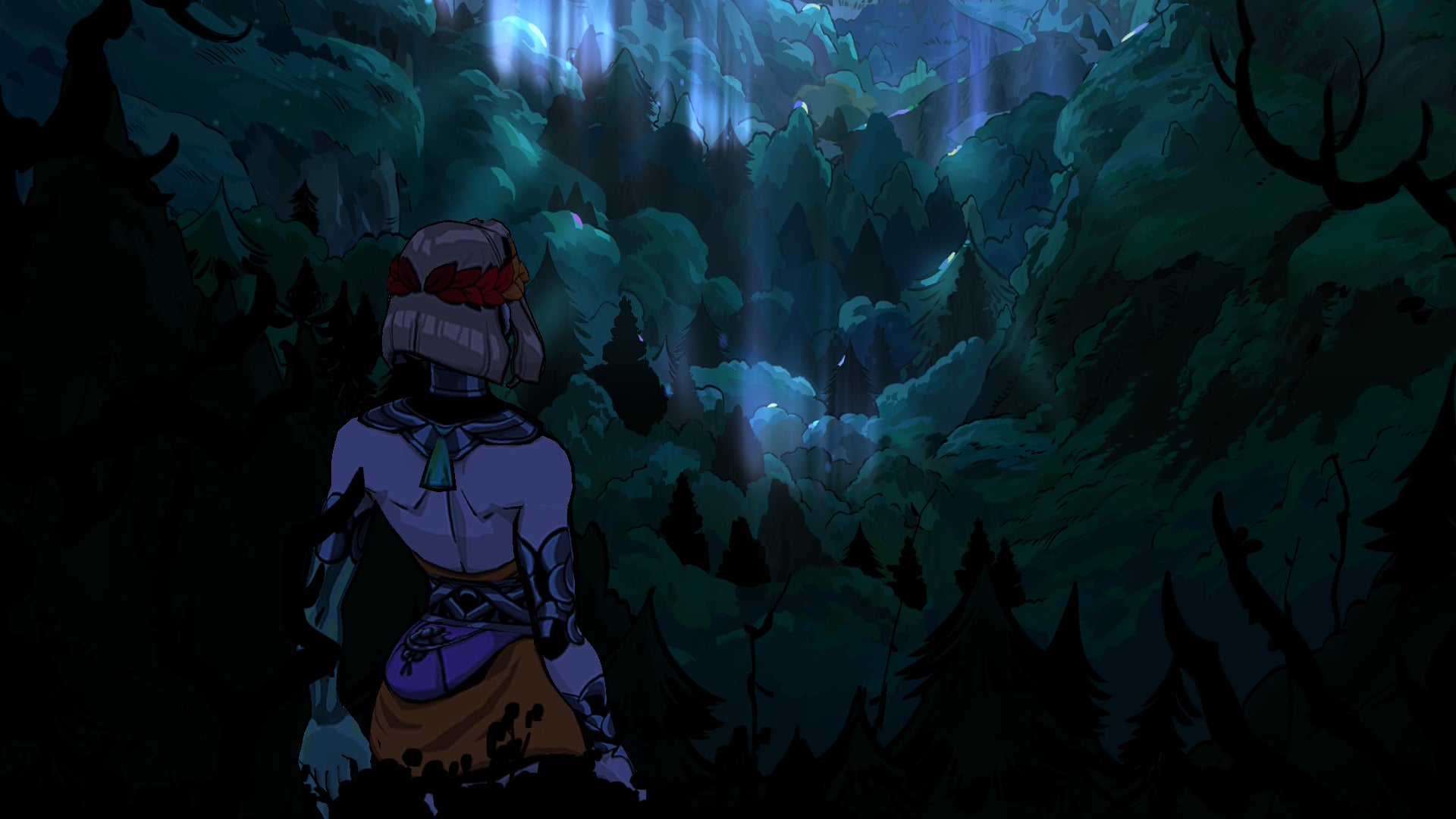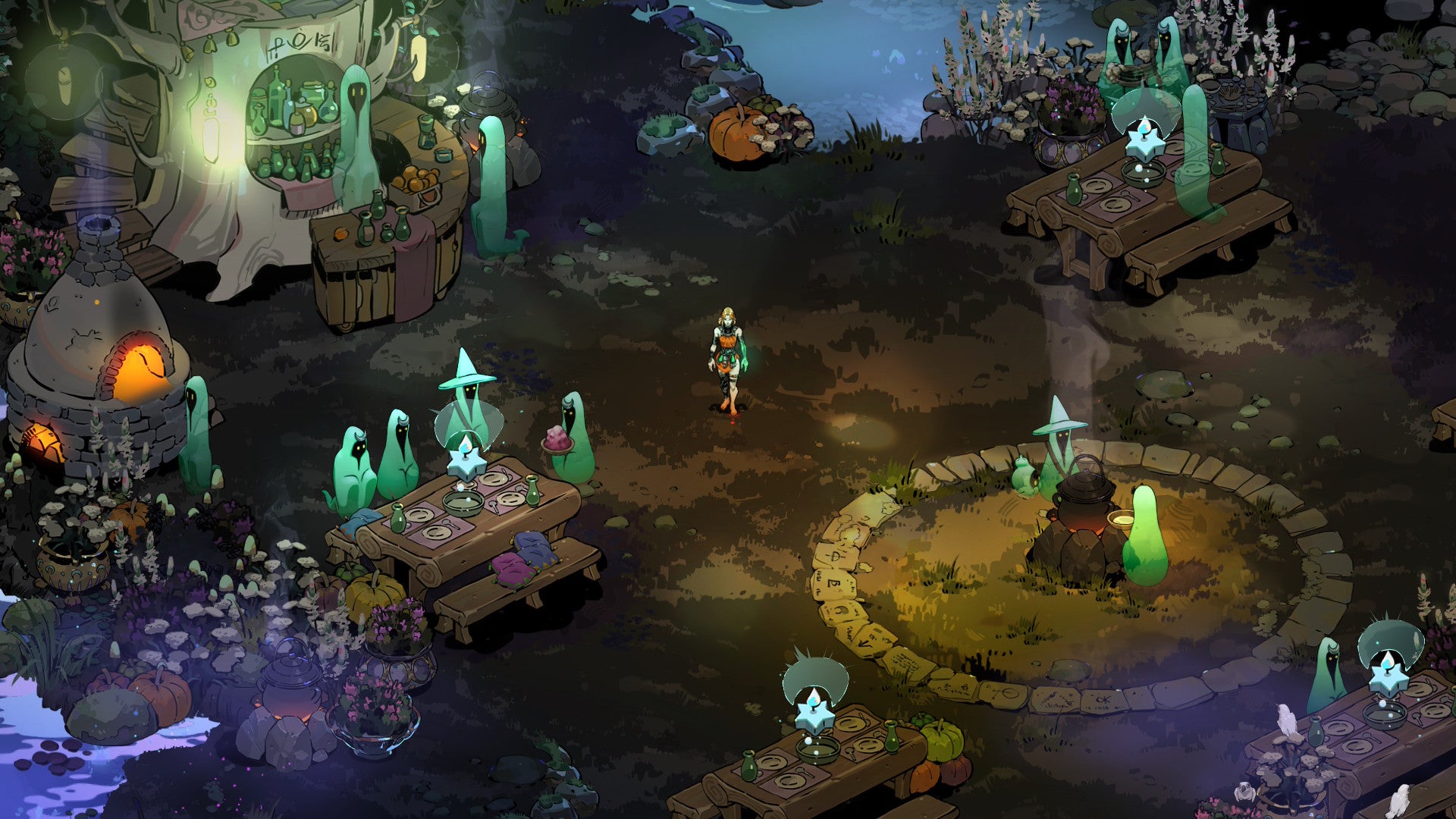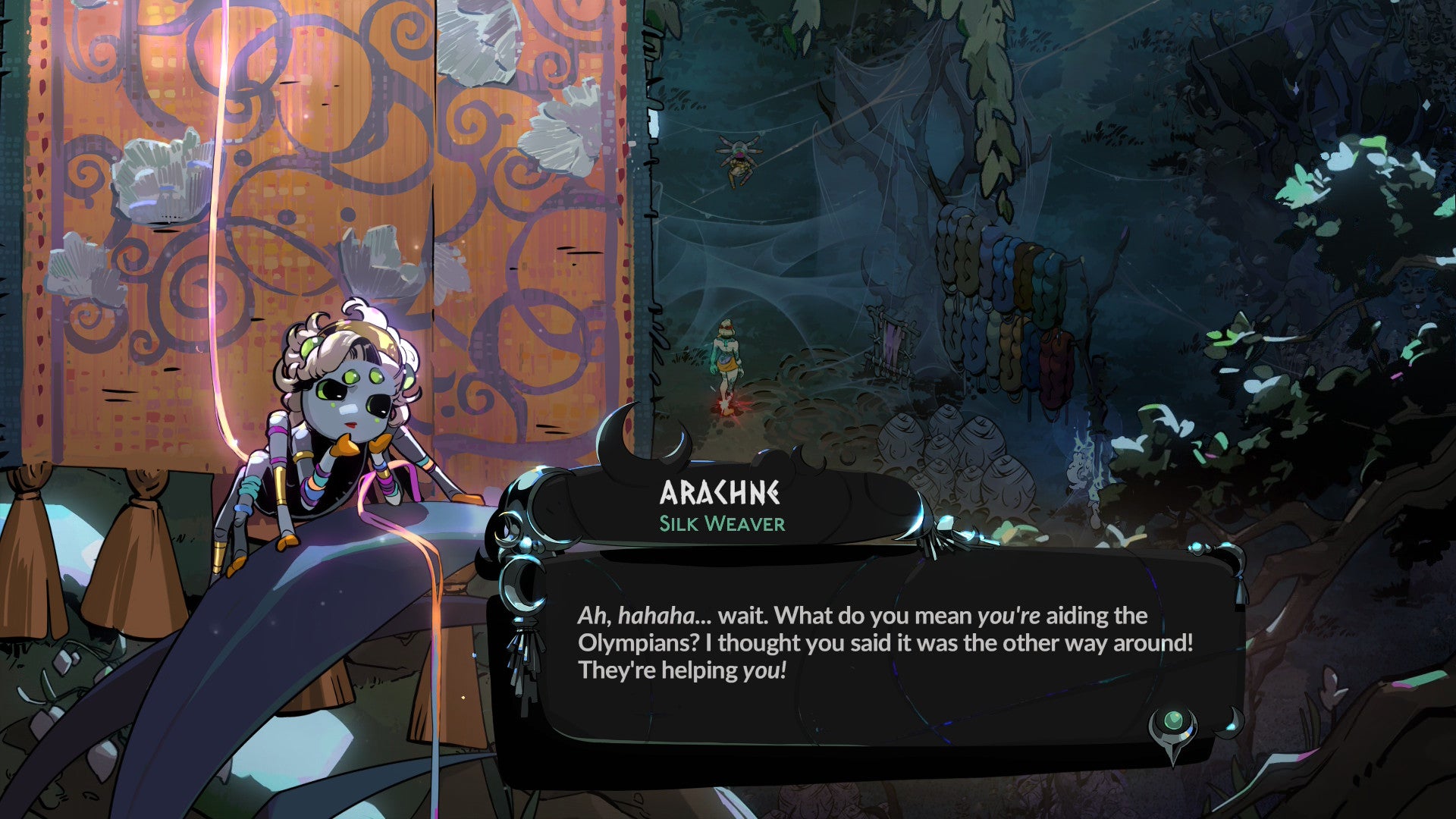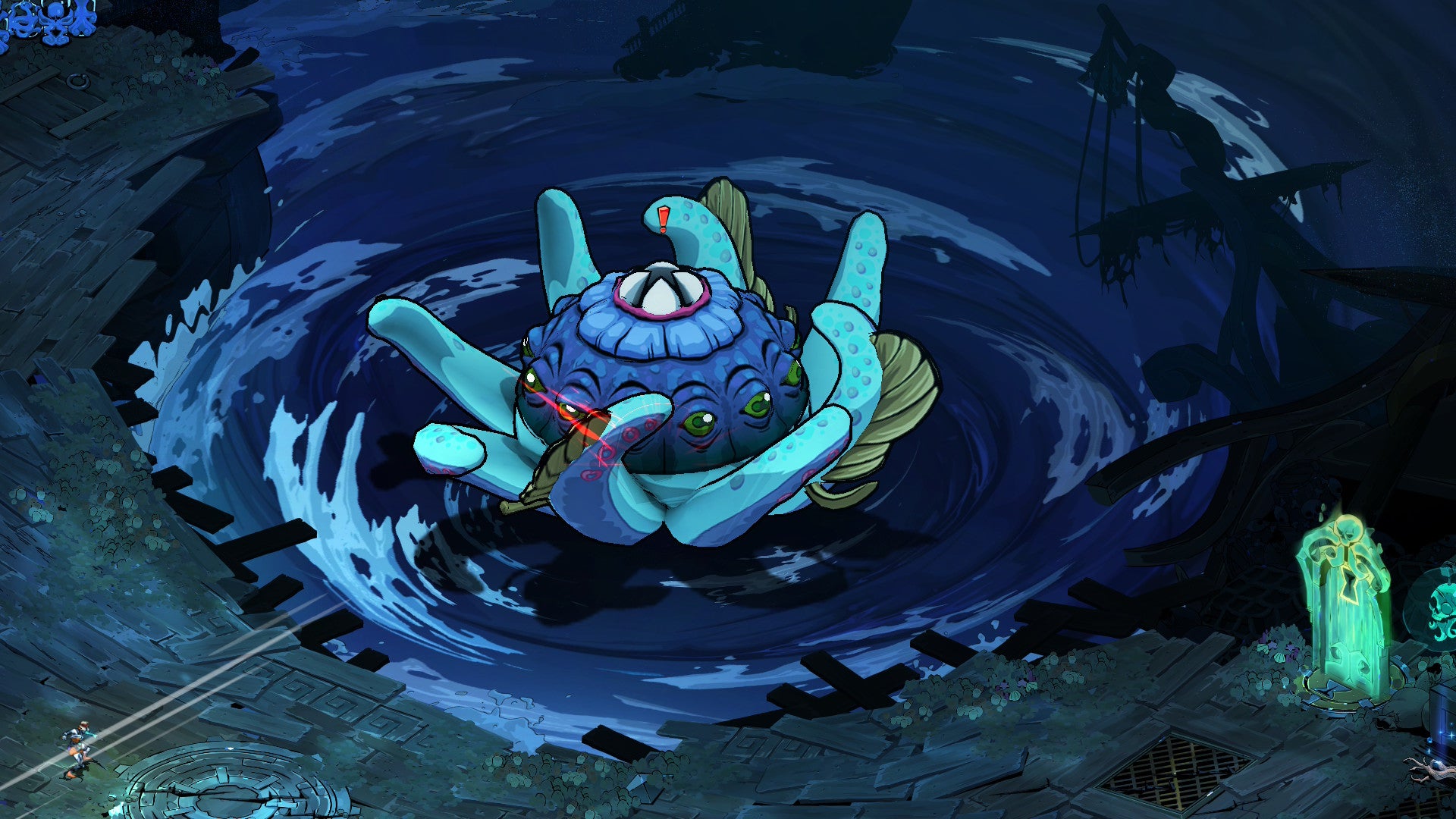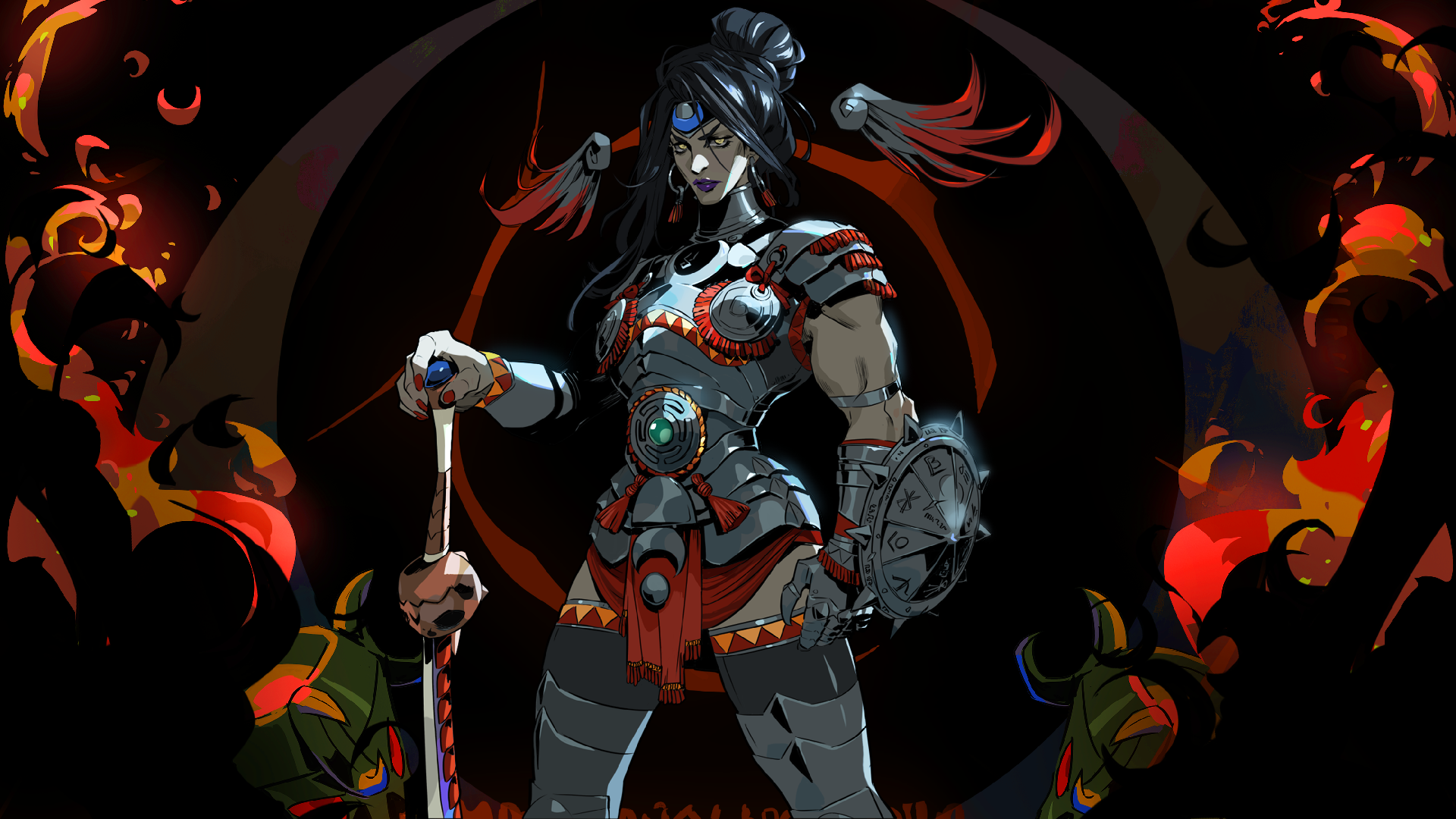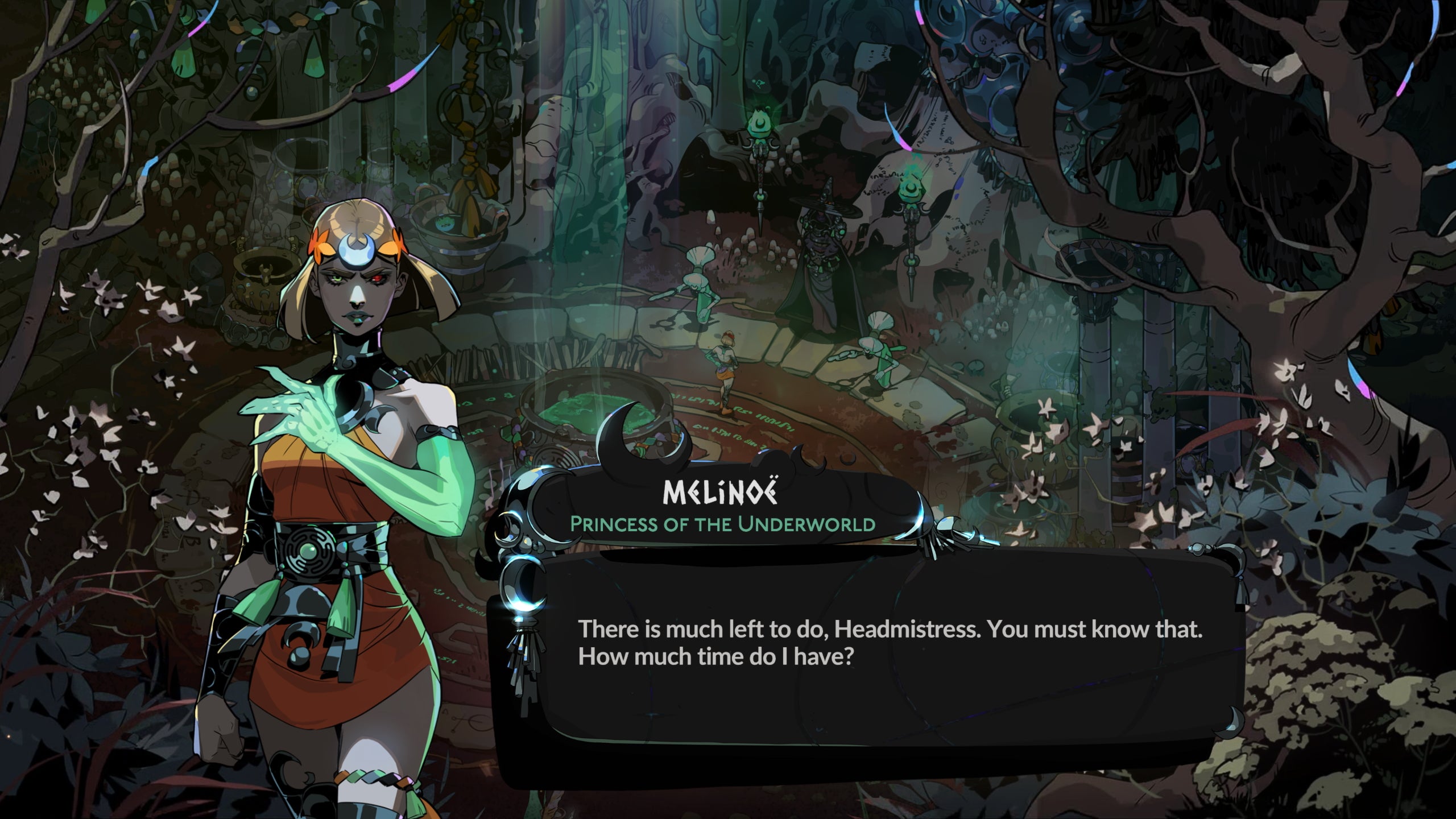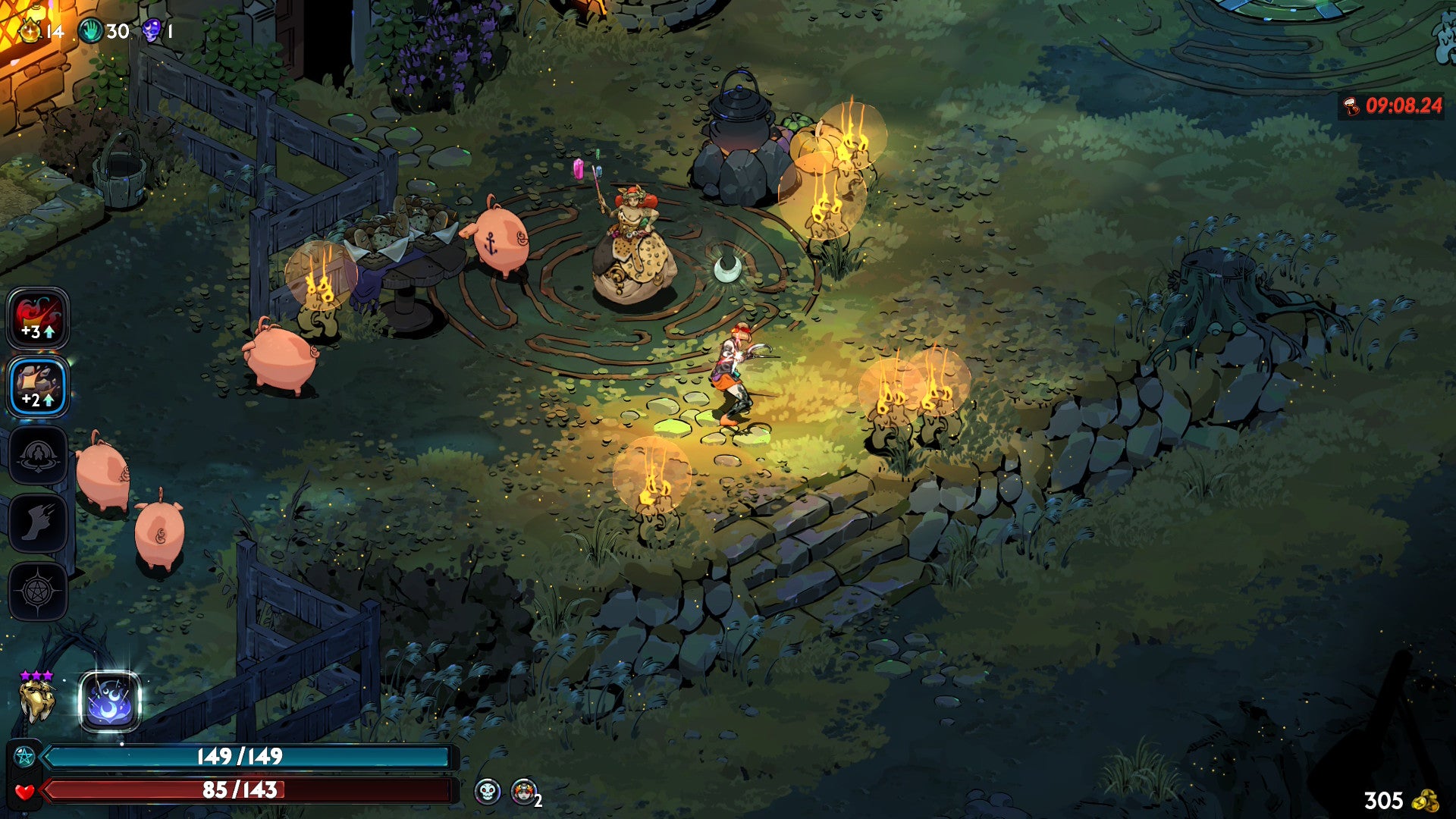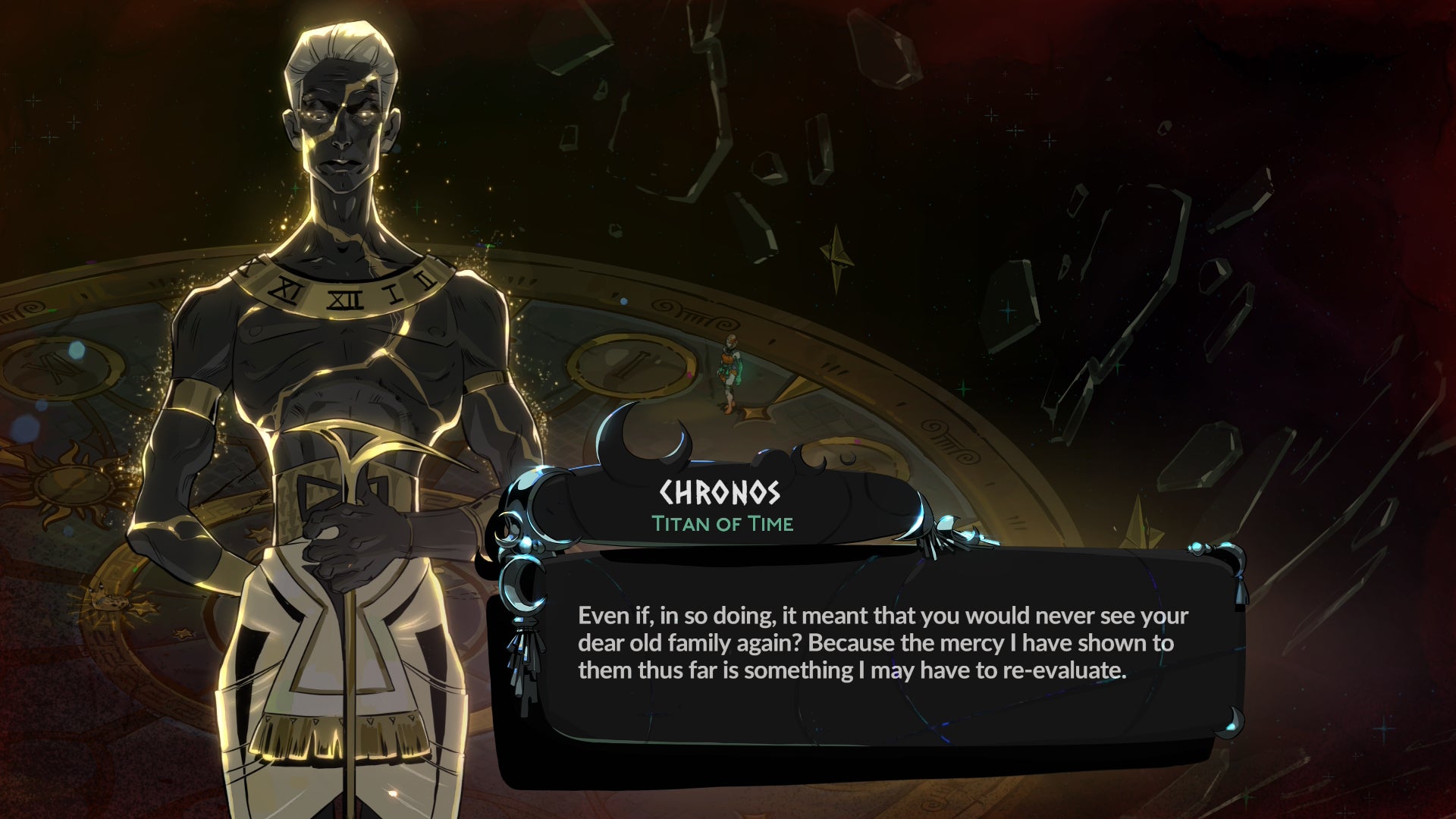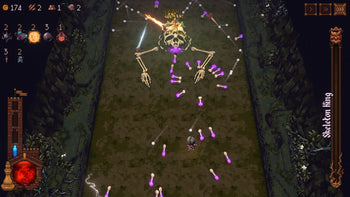Hades II Review
“God Tier”.
It’s a title often given to things or entities that have reached untouchable realms of excellence and it can be used for and across myriad worlds, from entertainment to writing to art to manufacturing (and beyond). Today, as we type this review for Hades II however, its attachment to the game’s developer, Supergiant Games, is more pointed. At the eventual ‘close’ of Hades II (there really almost never is one) it’s abundantly clear this studio is pure God Tier in the so-called “god-like” space; a space it not only popularised with the original Hades, but also reinvented from the perspective of the roguelike and lite genres, respectively (and mashedly), transcending the term at all, and leaving us genuflecting at its mastery of its creative and bar-setting self.
In other words, Hades II is the shit and we are in awe at how Supergiant managed to take what was already near-perfection, and perfecterise it even more.
And it’s on more that we can settle in for analysis. The team spent a lot of time with the community and listening to feedback while the game was in Early Access/Beta to not only tighten up mechanics, but also make wholesale changes (at times dealing with multiple petitions to keep this or junk that, at the bequest of hilariously fickle players) often presenting the game with placeholder assets, no audio, progress blockers and more. And while we jumped into the EA and ponied up early to support the game and Supergiant as an Indie, we decided to put the controller down after just a few hours to wait for the final, polished product and we’re so glad we did.
Hades II is a pure joy to unravel. It is beautifully paced and never for a moment feels repetitive, despite its rogue-ish nature, which is a testament to the design at play here. Where character growth from a strength perspective is always taking place, like Hades before it, it’s the world around Melinoë that truly characterises your progress in the game and feels rewardingly neverending. And while that is obviously all very familiar, it also does a lot to not just advance its own formula, but to openly distance itself from what came before, but does so without forgetting the past. Time, here, being of significant essence.
Let us Boon you with info on how…
Hades II
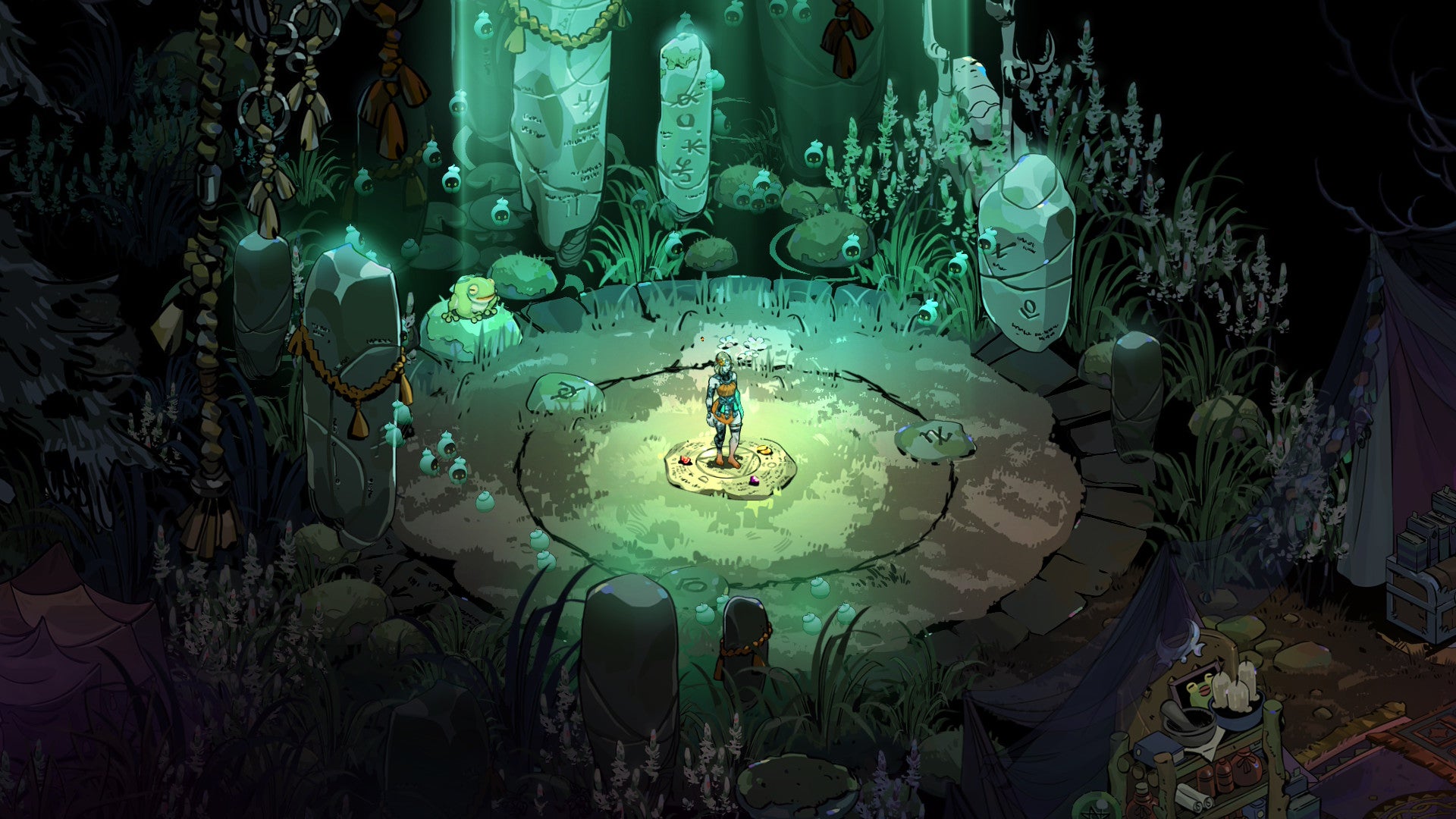
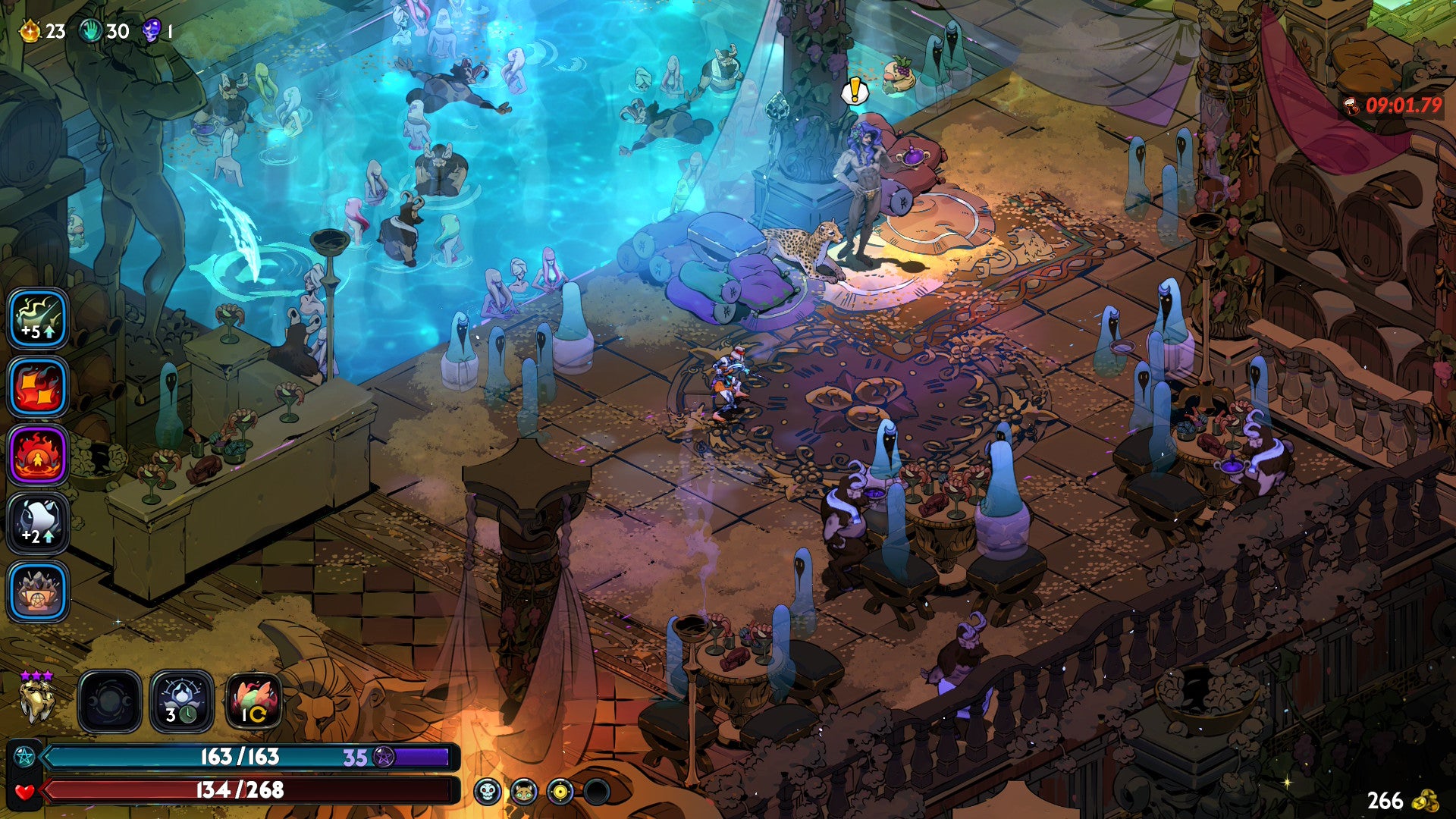
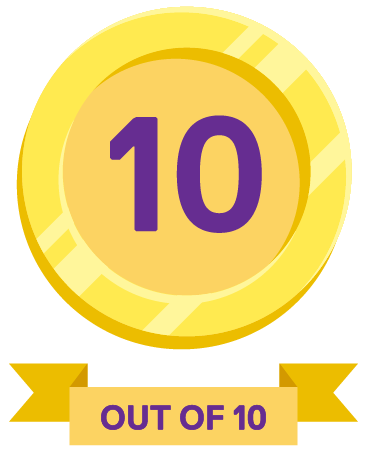
What’s Boss?
Not Boss Enough?
About the Author


